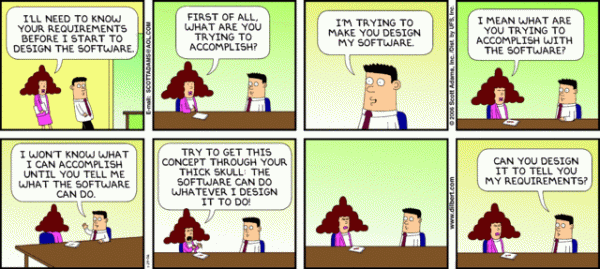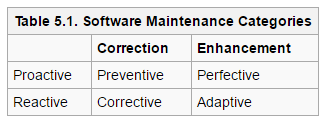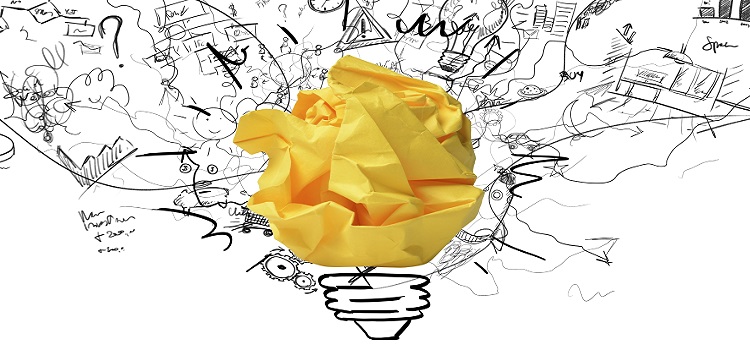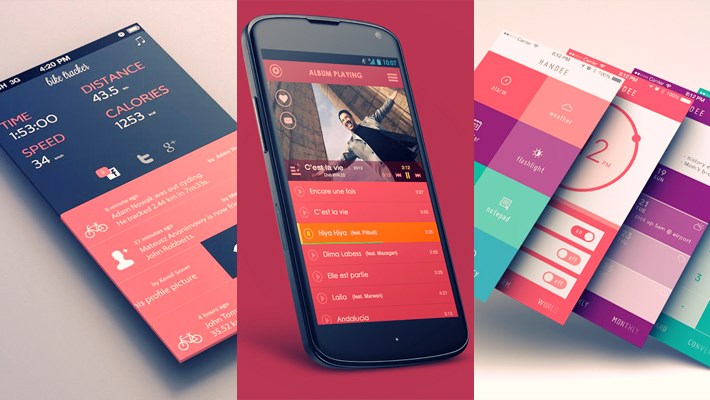User Interface Design can be resumed in one word: anticipation. We are all users and when we design an interface we should remember: what is the user going to need to do? are the elements easy to access, understando and to use?
What are the best practices for designing an interface?
- Keep the interface simple. Best interfaces are invisible, if the design is successful the user can focus in their own goals.
- Create consistency and use common elements. Create patterns in language, layout and design throughout the site to facilitate efficiency.
- Strategically use color and texture. Color should not determine much in an interface, it can be used for highlighting.
- Use typography to create hierarchy and clarity.
- Interfaces exists to enable interaction, they are designed to do specific jobs.
- Conserve attention at all costs.
- Keep users in control by infoming them about the system status.
- Every screen we design should support a single action of real value to the user.
- Provide a natural next step, anticipate what the next interaction will be.
- Appearance follows behavior, someone should be able to predict how an interface element will behave merely by looking at it.
Source:
- https://www.usability.gov/what-and-why/user-interface-design.html
- http://bokardo.com/principles-of-user-interface-design/




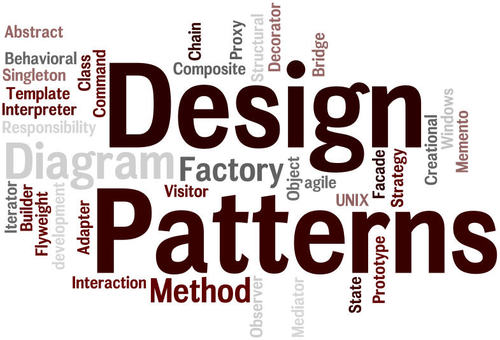



 There are several basic design principles that enable the software engineer to navigate the design process:
There are several basic design principles that enable the software engineer to navigate the design process:
